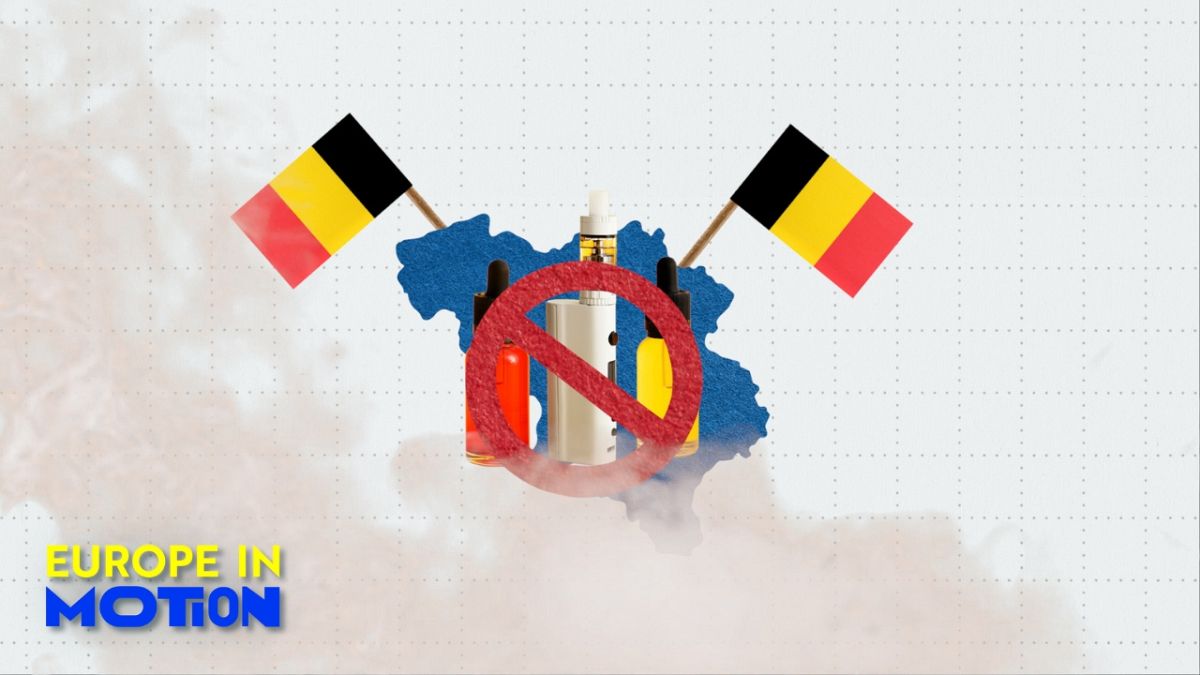Belgium became the first EU country to ban the sale of disposable vapes, while Luxembourg, Estonia, and Czechia report the highest vaping rates.
The rise of electronic cigarettes and vaping products has introduced a new public health challenge.
While vaping rates remain relatively low in Europe overall, they are considerably higher among young people, according to the latest OECD report.
Luxembourg, Estonia, and Czechia report the highest vaping rates, exceeding 10%, while Bulgaria, Austria, and Croatia have the lowest, at under 1%.
In 2022, the average vaping rate for people aged 15 to 24 was 6.5%.
Estonia saw the highest rates at 30%, followed by the Czech Republic at 25% and Luxembourg at 20%.
The sharp rise in vaping rates among young people in Estonia and the Czech Republic in recent years has been accompanied by a significant decline in tobacco smoking.
“Vaping has become widespread among adolescents and adults worldwide,” said Josef Hamoud from the University Medical Center Göttingen. “Given the extensive marketing of vapes as healthier alternatives to conventional smoking, they have gained popularity among people trying to quit smoking.”
Looming measures across the EU
Several EU countries have implemented regulatory measures in response to the growing use of e-cigarettes.
Belgium became the first EU country to ban the sale of disposable vapes starting in January 2025, citing concerns about their appeal to young people and environmental impact.
Similarly, Ireland has announced plans to ban disposable e-cigarettes and limit vape flavours to tobacco only.
“Nicotine in vapes is highly addictive, so we need to do all we can to discourage non-smokers from starting to vape,” said Dr Filippos Filippidis, chair of the European Respiratory Society Tobacco Control Committee.
“E-cigarettes may have a role in smoking cessation for some people, but we need to make sure appropriate support is freely available to help people quit, as it’s clear that many end up being dual users, which can undermine smoking cessation attempts.”
In June, 12 EU countries called on the EU Commission to implement previously delayed smoking reforms, which could include banning flavoured vapes and limiting nicotine content.
The delay, now pushed to 2025, raised concerns about the EU’s commitment to its anti-tobacco agenda, with some questioning whether the tobacco industry had any influence on the issue.
Video editor • Mert Can Yilmaz
Read the full article here


